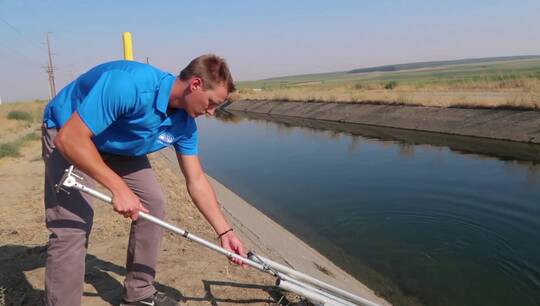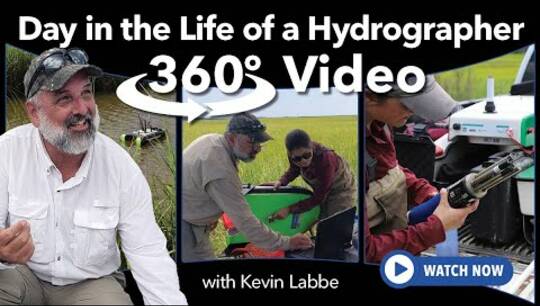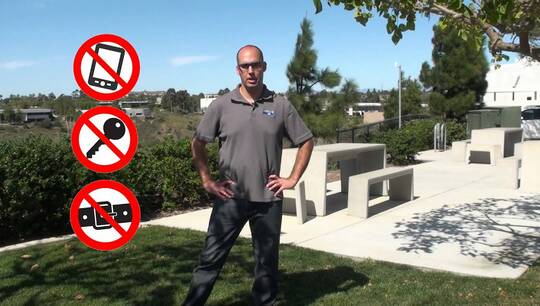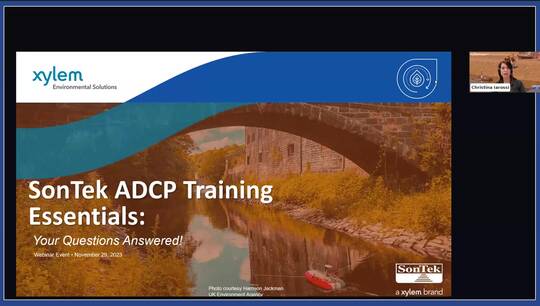What a Glacial River Reveals About the Greenland Ice Sheet
Five years after a NASA-funded field study returned to to set up camp once again in the melt zone of the Greenland Ice Sheet, a new study adds to the rich findings from this innovative project. We look back on this bold undertaking, which featured helicopters, floating drifters plunging into holes in the ice, and all-night shifts operating a sonic boogie board under endless daylight. Scientist Larry Smith, at the time with UCLA and now with Brown University, takes us back to the challenges on the ice and the important findings made with the hard-won data.
Download the SonTek-M9 case study: https://www.ysi.com/File%20Library/Documents/Case%20Study/streamflow-data-improve-greenland-ice-melt-models.pdf
At the fringes of the Greenland Ice Sheet, where glaciers are constantly melting, water rushes everywhere through an intricate system of lakes and streams that branch out like slip and slide shoots of super chilled, bright turquoise water. Some of that water eventually cascades straight into the surrounding land and ocean through channels and cracks. Some of it thunders off into sinkhole-like structures on the ice called moulins. Rumbling 24 hours a day, these holes swallow water from the surface and funnel it to the bedrock at the base of the ice.
Credits: NASA’s Goddard Space Flight Center/Scientific Visualization Studio; Additional field footage, photos and research courtesy UCLA, Brown University, Dr. Laurence C. Smith, Brandon Overstreet, Lincoln Pitcher, Matt Cooper and Johnny Ryan.
Full story and additional credits: https://www.nasa.gov/missions/nisar/what-a-glacial-river-reveals-about-the-greenland-ice-sheet/






